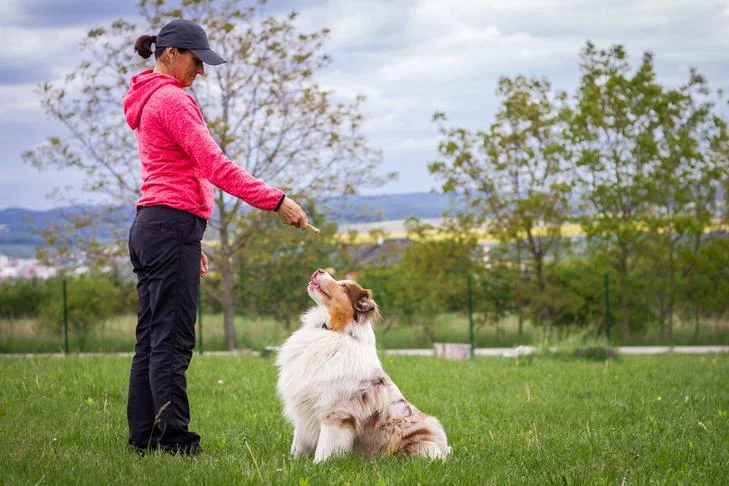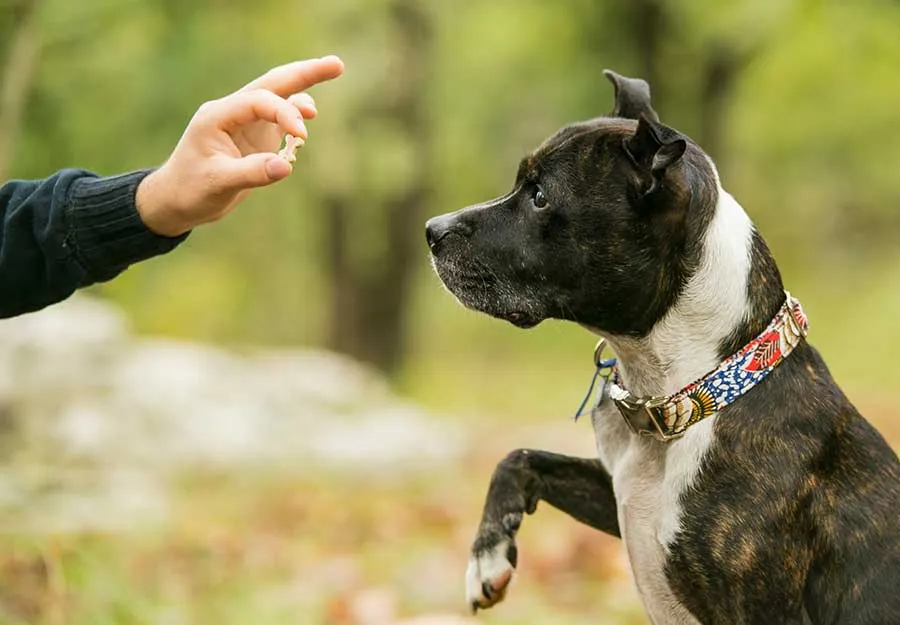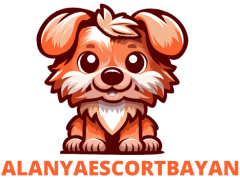Introduction: Unlocking the Secrets to Effective Pet Training
Pet training is a journey that enriches the bond between you and your furry friend. It’s not just about obedience; it’s about nurturing a relationship built on trust, communication, and mutual understanding. Whether you’re teaching basic commands or tackling more advanced skills, the key lies in patience, consistency, and positive reinforcement. In this comprehensive guide, we’ll explore the essential steps and techniques for successful pet training, covering everything from basic obedience to specialized training methods.
Understanding Your Pet: The Foundation of Successful Training
Understanding your pet’s behavior, needs, and temperament is crucial for effective training. Each pet is unique, with its own personality and learning style. Take the time to observe and familiarize yourself with your pet’s cues, preferences, and triggers. This insight will guide your training approach and help you tailor your methods to suit your pet’s individual needs.
Building a Strong Foundation: Basic Obedience Training

Basic obedience training forms the foundation for all other training endeavors. Focus on teaching fundamental commands such as sit, stay, come, and heel. Use positive reinforcement techniques such as treats, praise, and rewards to encourage desired behaviors. Consistency and patience are key; practice daily in short, focused sessions to reinforce learning and maintain progress.
Creating a Positive Learning Environment
A positive learning environment is essential for productive training sessions. Choose a quiet, distraction-free space where your pet can focus without interruptions. Use clear, consistent cues and signals to communicate your expectations. Keep training sessions short and engaging, ending on a positive note to keep your pet motivated and eager to learn.
Advanced Training Techniques: Going Beyond the Basics
Once your pet has mastered basic obedience commands, you can explore more advanced training techniques to expand their skills and abilities. Consider specialized training such as agility, scent work, or trick training to challenge your pet both mentally and physically. Tailor your approach to your pet’s interests and strengths to keep training fun and rewarding.
Addressing Behavioral Challenges
Behavioral challenges such as barking, chewing, or leash pulling can disrupt the training process and strain the bond between you and your pet. Take a proactive approach to address these issues, using positive reinforcement and behavior modification techniques to encourage alternative behaviors. Seek guidance from a professional trainer or behaviorist if needed to develop a personalized training plan.
Socialization: The Key to a Well-Adjusted Pet
Socialization plays a crucial role in shaping your pet’s behavior and temperament. Expose your pet to a variety of people, animals, and environments from a young age to promote confidence and adaptability. Gradually introduce new experiences in a controlled, positive manner, monitoring your pet’s reactions and providing support as needed.
Nutrition and Exercise: Supporting Your Pet’s Well-Being

A balanced diet and regular exercise are essential for your pet’s physical health and mental well-being. Provide nutritious food tailored to your pet’s age, breed, and activity level, and ensure access to fresh water at all times. Incorporate daily exercise and enrichment activities to keep your pet mentally stimulated and physically fit.
Positive Reinforcement: The Key to Effective Training
Positive reinforcement is a powerful training tool that rewards desired behaviors and strengthens the bond between you and your pet. Use treats, praise, and affection to reinforce good behavior, and avoid punishment or harsh corrections, which can damage trust and hinder learning. Focus on catching your pet in the act of doing something right and immediately rewarding them to reinforce positive associations.
Consistency and Patience: The Cornerstones of Success
Consistency and patience are essential virtues in the world of pet training. Rome wasn’t built in a day, and neither are well-trained pets. Stay consistent with your training methods and expectations, and be patient with your pet as they learn and grow. Celebrate small victories along the way, and remember that progress takes time and dedication.
FAQs (Frequently Asked Questions)
How long does it take to train a pet? Pet training duration varies depending on factors such as breed, age, and temperament. Basic obedience training typically takes a few weeks to several months, while more advanced skills may require additional time and practice.
What are some common training mistakes to avoid? Common training mistakes include inconsistent cues, using punishment instead of positive reinforcement, and expecting too much too soon. Take your time, stay patient, and focus on building a strong foundation of trust and communication.
Is professional training necessary for every pet? While professional training can be beneficial, especially for addressing complex behavioral issues, many pet owners successfully train their pets at home using positive reinforcement techniques. Start with basic obedience training and seek professional guidance if needed.
How can I deal with leash pulling during walks? Leash pulling is a common issue that can be addressed through consistent training and positive reinforcement. Use a front-clip harness or head halter to discourage pulling, and reward your pet for walking politely beside you.
What should I do if my pet is afraid of certain stimuli? If your pet is afraid of certain stimuli such as loud noises or unfamiliar objects, take a gradual desensitization approach. Introduce the stimulus in a controlled environment at a low intensity, rewarding calm behavior and gradually increasing exposure over time.
How can I keep training sessions fun and engaging for my pet? Keep training sessions short, varied, and interactive to maintain your pet’s interest and motivation. Use a variety of rewards, toys, and games to keep training sessions fun and engaging, and always end on a positive note.
Conclusion: Unlocking Your Pet’s Full Potential
Pet training is a rewarding journey that strengthens the bond between you and your furry companion. By understanding your pet’s needs, setting clear expectations, and using positive reinforcement techniques, you can unlock their full potential and enjoy a lifetime of shared adventures and cherished memories.

